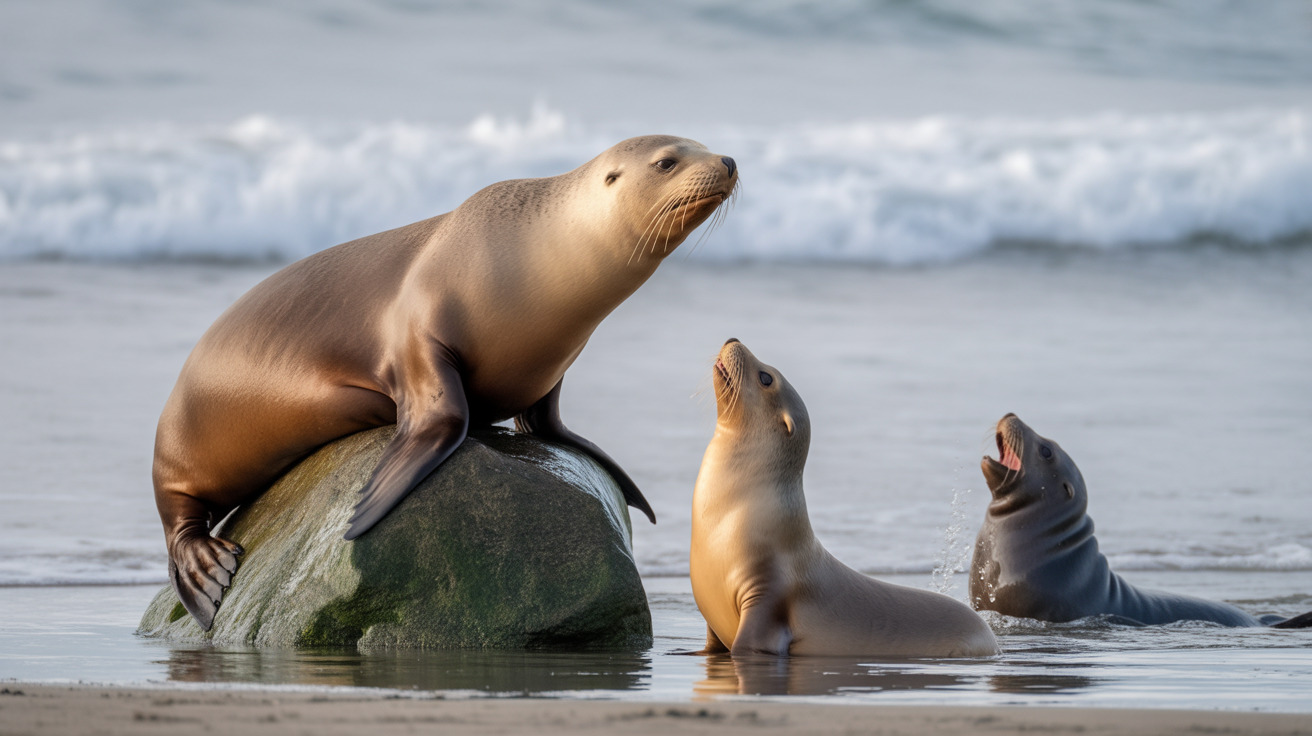Recent discussions about marine mammal welfare in California have highlighted the need to prioritize protecting living sea lions rather than debates over deceased animals. This perspective comes at a crucial time when California sea lion populations face numerous environmental and human-caused challenges along the Pacific coast.
Conservation experts emphasize that while proper handling of deceased marine mammals remains important, the most pressing concerns relate to threats facing living sea lions. These include entanglement in fishing gear, exposure to harmful algal blooms, and increasing cases of malnutrition among younger populations.
Current Challenges Facing Marine Mammals
Sea Lion Entanglement in Fishing Gear
One of the most significant threats to California sea lions is entanglement in abandoned or active fishing equipment. This dangerous situation can lead to severe injuries, limited mobility, and in many cases, death. Marine mammal rescue organizations regularly respond to cases of sea lions wrapped in nets or struggling with fishing line.
Effects of Pollution on Sea Lions
Environmental pollutants continue to pose serious risks to sea lion populations along the California coast. Oil spills, plastic debris, and chemical contaminants can cause both immediate and long-term health issues for these marine mammals. Additionally, harmful algal blooms, often triggered by warming ocean temperatures, create toxic conditions that can affect entire colonies.
Conservation Efforts and Protection Measures
Marine Mammal Protection Act Implementation
The Marine Mammal Protection Act serves as a crucial legal framework for protecting sea lions and other marine mammals. This legislation prohibits harassment, hunting, or capturing of sea lions, with significant penalties for violations. However, enforcement requires community vigilance and support.
Sea Lion Rehabilitation Centers
Dedicated rehabilitation facilities along the California coast play a vital role in treating and releasing injured or sick sea lions. These centers focus particularly on addressing cases of:
- Malnutrition in young pups
- Injuries from fishing gear entanglement
- Exposure to toxic substances
- Disease outbreaks like leptospirosis
Community Sea Lion Protection Programs
Local communities play an essential role in sea lion conservation through:
- Monitoring and reporting stranded animals
- Supporting cleanup efforts to reduce marine debris
- Participating in educational programs about marine mammal protection
- Contributing to research and rescue operations
Frequently Asked Questions
What are the main threats currently facing California sea lions in the wild?
The biggest threats include entanglement in abandoned fishing gear, malnutrition linked to changing ocean conditions, pollution such as oil spills and harmful algal blooms, illegal harassment or killings, disease outbreaks like leptospirosis, and natural predation by sharks and orcas.
How can I safely observe sea lions in their natural habitat without causing them harm?
Maintain a safe distance of at least 50 yards, avoid touching or approaching sea lions, never feed them, and report any distressed animals to local authorities or marine mammal rescue organizations to minimize human disturbance and stress.
What can local communities and individuals do to support sea lion conservation?
Support rescue and rehabilitation efforts, participate in community monitoring programs, avoid disturbing sea lions, advocate for stricter enforcement of fishing regulations, and help educate others about the threats sea lions face, including illegal fishing and pollution.
Conclusion
The focus on protecting living sea lions requires ongoing commitment from both authorities and local communities. By understanding and addressing current threats, supporting rehabilitation efforts, and maintaining strong protection measures, we can help ensure the survival of California's sea lion populations for future generations. The emphasis should remain on proactive conservation measures that benefit living marine mammals while respecting proper protocols for handling deceased animals.






